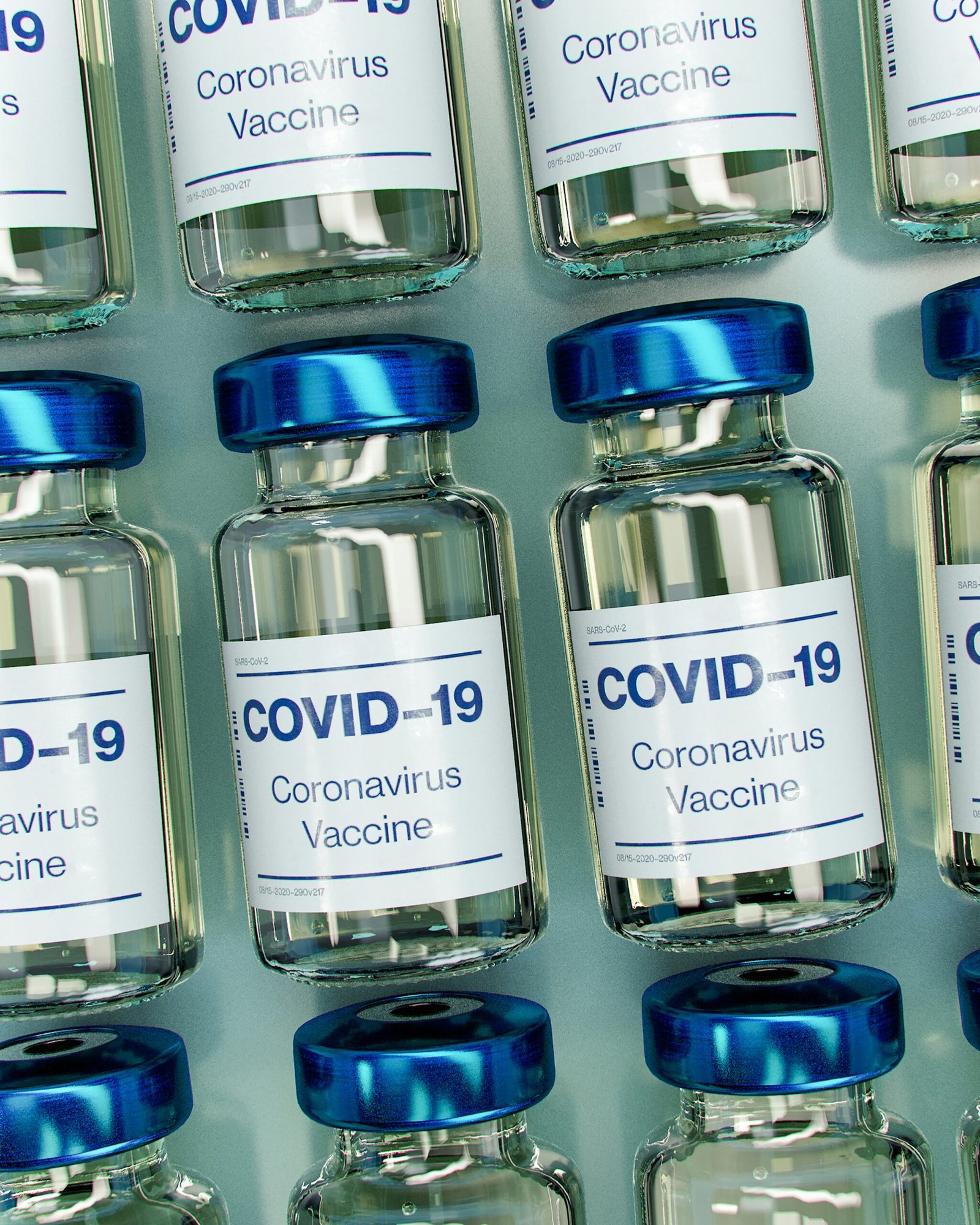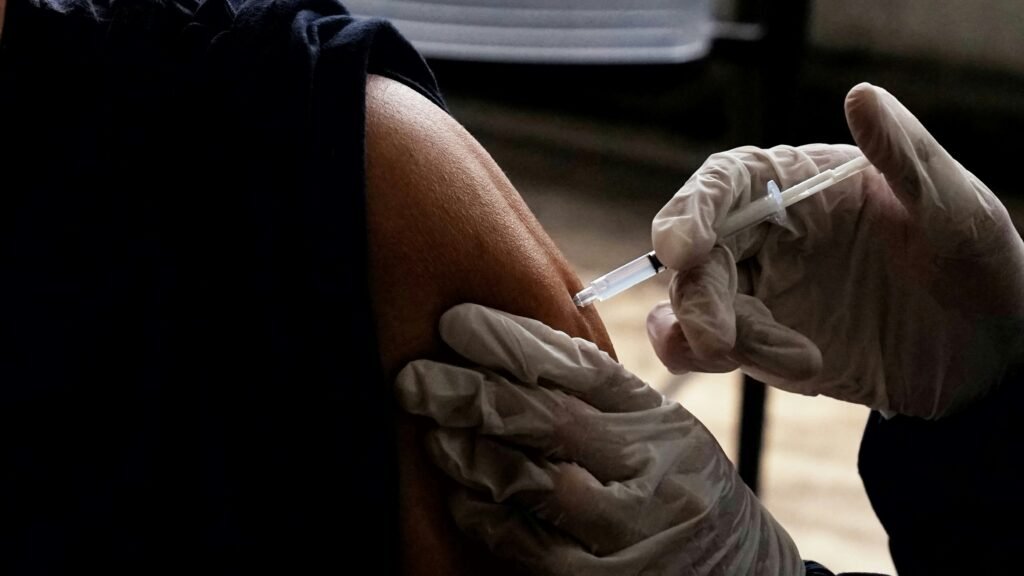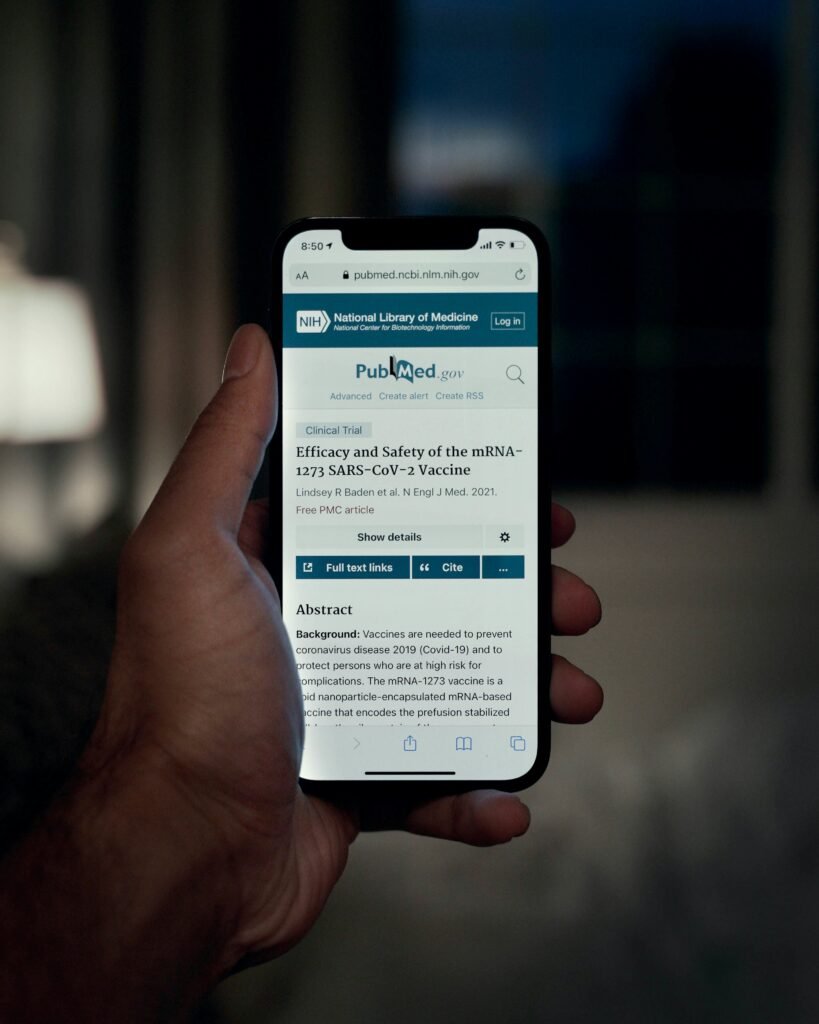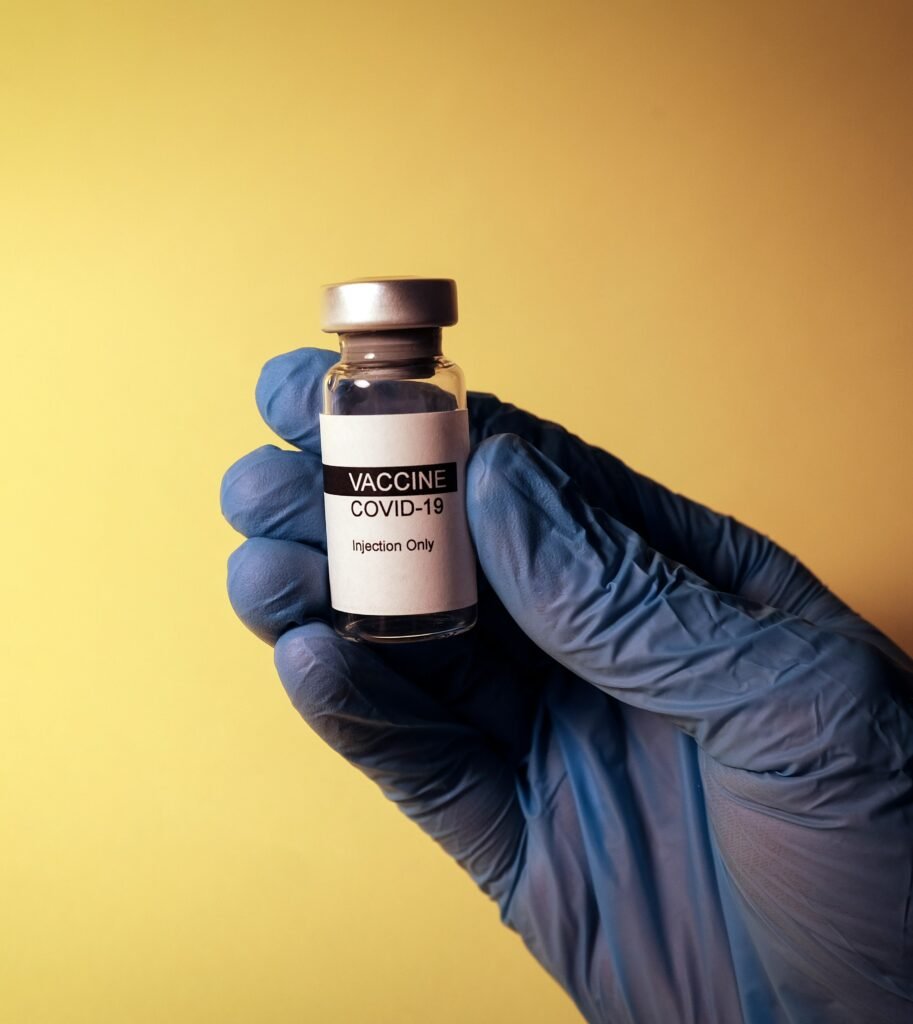Health
Nature’s Rx: The Free Stress-Buster Right Outside Your Door
In a world where stress seems to be our constant companion, the most effective remedy might be as simple as stepping outside. Recent studies have revealed that spending time in nature isn’t just a pleasant diversion—it’s a powerful antidote to the pressures of modern life. And the best part? This green therapy doesn’t require a prescription or a hefty co-pay.
The Science of Serenity
Research has consistently shown that nature exposure can significantly reduce stress levels. A study published in Frontiers in Psychology found that just 20 to 30 minutes in nature can lead to a substantial drop in cortisol, the body’s primary stress hormone[2]. Participants experienced a 21.3% per hour decrease in cortisol levels when spending time in green spaces compared to urban environments.
Quick Doses for Busy Lives
For those with packed schedules, there’s good news: you don’t need to embark on a week-long wilderness retreat to reap the benefits. Even brief nature encounters can make a difference. The American Heart Association reports that as little as 120 minutes a week in nature—which breaks down to about 17 minutes a day—can significantly improve health and well-being.
Nature’s Multi-Faceted Magic
The stress-busting effects of nature extend beyond just lowering cortisol. Time outdoors has been linked to:
- Improved mood and reduced anxiety
- Enhanced cognitive function, including better memory and creativity
- Increased feelings of happiness and well-being
- Lower risk of depression
- Better sleep quality
A Prescription for All
One of the most beautiful aspects of nature therapy is its accessibility. Whether you live in a bustling city or a rural area, opportunities to connect with nature abound. Urban dwellers can find solace in local parks, community gardens, or even by tending to houseplants. The key is to engage mindfully with your natural surroundings, however modest they may be.
Beyond Stress: A Mental Health Boost
The benefits of nature extend far beyond stress reduction. For those grappling with more serious mental health concerns, nature can be a powerful ally. Studies have shown that exposure to green spaces can be an effective coping strategy for conditions like depression, anxiety, PTSD, and ADHD.
The Long-Term Payoff
Consistent exposure to nature over time is associated with better overall stress management and resilience. It’s like building up your stress immunity, one outdoor adventure at a time. Research indicates that people who regularly spend time in nature report higher levels of overall life satisfaction and well-being.
Making It a Habit
To incorporate more nature into your life:
1. Take short, daily walks in a nearby park or green space.
2. Eat lunch outdoors when possible.
3. Bring nature indoors with houseplants or nature sounds.
4. Plan weekend activities that involve nature, like hiking or gardening.
5. Practice mindfulness exercises outdoors to enhance the stress-reducing effects[1][3][4].
In conclusion, as we navigate the complexities of modern life, it’s comforting to know that one of the most effective stress management tools is also one of the most accessible and affordable. Nature doesn’t just offer a temporary escape from our worries—it provides a genuine reset for our overstimulated minds and bodies. So the next time stress has you in its grip, consider writing yourself a prescription for some green time. Step outside, take a deep breath, and let nature work its magic. Your mind, body, and spirit will thank you.
Stay Connected
Unlock impactful advertising opportunities with Bolanle Media. Our expert team crafts immersive experiences that captivate audiences, driving brand engagement and memorability. Let’s elevate your brand’s marketing strategy together.
Business
Pros and Cons of the Big Beautiful Bill

The “Big Beautiful Bill” (officially the One Big Beautiful Bill Act) is a sweeping tax and spending package passed in July 2025. It makes permanent many Trump-era tax cuts, introduces new tax breaks for working Americans, and enacts deep cuts to federal safety-net programs. The bill also increases spending on border security and defense, while rolling back clean energy incentives and tightening requirements for social programs.

Pros
1. Tax Relief for Middle and Working-Class Families
- Makes the 2017 Trump tax cuts permanent, preventing a scheduled tax hike for many Americans.
- Introduces new tax breaks: no federal income tax on tips and overtime pay (for incomes under $150,000, with limits).
- Doubles the Child Tax Credit to $2,500 per child through 2028.
- Temporarily raises the SALT (state and local tax) deduction cap to $40,000.
- Creates “Trump Accounts”: tax-exempt savings accounts for newborns.
2. Support for Small Businesses and Economic Growth
- Makes the small business deduction permanent, supporting Main Street businesses.
- Expands expensing for investment in short-lived assets and domestic R&D, which is considered pro-growth.
3. Increased Spending on Security and Infrastructure
- Allocates $175 billion for border security and $160 billion for defense, the highest peacetime military budget in U.S. history.
- Provides $12.5 billion for air traffic control modernization.
4. Simplification and Fairness in the Tax Code
- Expands the Earned Income Tax Credit (EITC) and raises marginal rates on individuals earning over $400,000.
- Closes various deductions and loopholes, especially those benefiting private equity and multinational corporations.

Cons
1. Deep Cuts to Social Safety Net Programs
- Cuts Medicaid by approximately $930 billion and imposes new work requirements, which could leave millions without health insurance.
- Tightens eligibility and work requirements for SNAP (food assistance), potentially removing benefits from many low-income families.
- Rolls back student loan forgiveness and repeals Biden-era subsidies.
2. Increases the Federal Deficit
- The bill is projected to add $3.3–4 trillion to the federal deficit over 10 years.
- Critics argue that the combination of tax cuts and increased spending is fiscally irresponsible.
3. Benefits Skewed Toward the Wealthy
- The largest income gains go to affluent Americans, with top earners seeing significant after-tax increases.
- Critics describe the bill as the largest upward transfer of wealth in recent U.S. history.
4. Rollback of Clean Energy and Climate Incentives
- Eliminates tax credits for electric vehicles and solar energy by the end of 2025.
- Imposes stricter requirements for renewable energy developers, which could lead to job losses and higher electricity costs.

5. Potential Harm to Healthcare and Rural Hospitals
- Reduces funding for hospitals serving Medicaid recipients, increasing uncompensated care costs and threatening rural healthcare access.
- Tightens verification for federal premium subsidies under the Affordable Care Act, risking coverage for some middle-income Americans.
6. Public and Political Backlash
- The bill is unpopular in public polls and is seen as a political risk for its supporters.
- Critics warn it will widen the gap between rich and poor and reverse progress on alternative energy and healthcare.
Summary Table
| Pros | Cons |
|---|---|
| Permanent middle-class tax cuts | Deep Medicaid and SNAP cuts |
| No tax on tips/overtime for most workers | Millions may lose health insurance |
| Doubled Child Tax Credit | Adds $3.3–4T to deficit |
| Small business support | Benefits skewed to wealthy |
| Increased border/defense spending | Clean energy incentives eliminated |
| Simplifies some tax provisions | Threatens rural hospitals |
| Public backlash, political risk |
In summary:
The Big Beautiful Bill delivers significant tax relief and new benefits for many working and middle-class Americans, but it does so at the cost of deep cuts to social programs, a higher federal deficit, and reduced support for clean energy and healthcare. The bill is highly polarizing, with supporters touting its pro-growth and pro-family provisions, while critics warn of increased inequality and harm to vulnerable populations.
Health
McCullough Alleges Government Hid COVID Vaccine Side Effects

Dr. Peter McCullough, a prominent cardiologist and vocal critic of COVID-19 vaccine safety protocols, delivered explosive testimony before the U.S. Senate, alleging that federal officials intentionally concealed known side effects of mRNA COVID-19 vaccines, particularly myocarditis, to avoid fueling vaccine hesitancy. The hearing, held by the Senate’s Permanent Subcommittee on Investigations, focused on the government’s handling of adverse event data and the transparency of public health messaging.

Allegations of Concealment and Downplaying Risks
Dr. McCullough and other expert witnesses argued that by early 2021, federal health agencies—including the CDC and FDA—were aware of a rising number of myocarditis cases, especially in young males, following mRNA vaccination. According to McCullough, rather than promptly issuing a Health Alert Network (HAN) message to inform medical professionals and the public, officials chose to minimize the risks in public communications and delayed formal warnings.
Senate documents and testimony indicated that the Biden administration’s primary concern was not the adverse events themselves, but the potential for increased vaccine hesitancy if these risks were widely publicized. Subpoenaed records showed that talking points distributed to top health officials in May 2021 described myocarditis and pericarditis as “rare” and emphasized the benefits of vaccination.

Expert Testimony and Public Reaction
Dr. McCullough cited autopsy data and peer-reviewed literature to support his claims, stating that a significant proportion of post-vaccine deaths could be linked to the mRNA vaccines—a point that has ignited debate within the medical community due to conflicting interpretations of the data. Other witnesses, such as Dr. Jordan Vaughn, reinforced concerns about the lack of timely alerts to physicians, arguing that earlier warnings could have improved patient outcomes and informed consent.
Disputed Evidence and Context
Some lawmakers and public health advocates cautioned against interpreting the delayed warnings as evidence of a deliberate cover-up. They noted that internal emails and communications showed CDC officials reminding providers to report myocarditis cases and discussing how best to communicate evolving risks. Critics of the concealment narrative argue that these actions reflect the complexities of decision-making during a public health emergency rather than intentional suppression of information.

Current Agency Position
In response to mounting scrutiny, the FDA has expanded warning labels for mRNA COVID-19 vaccines to include more detailed information about the risk of myocarditis, particularly among young males. The CDC maintains that these cases remain rare and typically resolve quickly, and continues to emphasize the overall safety and efficacy of the vaccines.
Summary Table: Key Points from Senate HearingAllegation/Testimony Supporting Details Official Response Government hid vaccine side effects Delayed HAN alert, internal talking points downplaying myocarditis Agencies say risk was rare, warnings now updated Myocarditis risk known early, not disclosed Subpoenaed records, expert testimony CDC/FDA cite evolving evidence, communications to providers5 Public health prioritized hesitancy over transparency Senate report, witness statements Agencies highlight need for careful messaging
The Senate hearing has intensified calls for greater transparency and accountability in vaccine safety monitoring, while also fueling ongoing debate over the interpretation and communication of vaccine risk data.
Health
Houston’s HIV Crisis: Downtown, Montrose at Epicenter

A new wave of public health data has spotlighted Houston’s Downtown and Montrose neighborhoods as the city’s leading HIV hotspots, with both areas experiencing the highest rates of new diagnoses and people living with HIV in recent years.

Alarming Numbers in Central Houston
According to an April 2025 report from Harris County Public Health, the HIV and sexually transmitted infection (STI) rates in Houston and Harris County have surged beyond statewide averages, prompting concern among health officials and community leaders. The report, which analyzed data from 2015 to 2022, found that:
- Downtown Houston (ZIP code 77002) recorded the highest number of people living with HIV, with 5,614 cases.
- Montrose (ZIP code 77006) posted the highest rate of new HIV diagnoses, with 81 new cases during the same period..
- Other neighborhoods, including the Second Ward and Settegast, also reported elevated rates, but Downtown and Montrose remain the epicenters.
Disproportionate Impact on Communities of Color and Young Adults
The data further reveals that Black and multiracial residents are disproportionately affected. In 2019, Black residents had 58 new HIV cases per 100,000 people, while multiracial residents had 92 per 100,000-significantly higher than the rates among Hispanic (23 per 100,000) and white residents (10 per 100,000). Young adults, especially those aged 25–34, continue to represent the highest share of new diagnoses, while the greatest overall prevalence is among those aged 45–64.
Factors Driving the Surge
Health experts point to a combination of factors fueling the rise in HIV and STI rates in these neighborhoods:
- Central location and population density: Downtown and Montrose attract younger populations and have a high concentration of nightlife and social venues, which can increase risk factors.
- Healthcare disparities: Limited access to healthcare and prevention services in some communities has contributed to higher rates among racial and ethnic minorities.
- Stigma and confidentiality concerns: The historic stigma surrounding HIV and AIDS, particularly in Montrose’s LGBTQ+ community, has long hindered testing and treatment efforts.
Community and Public Health Response
In response to the surge, Harris County Public Health and local clinics are expanding prevention, testing, and treatment initiatives:
- Free and low-cost testing: Mobile and clinic-based testing is now available to all residents, regardless of insurance status..
- Community education campaigns: Efforts are underway to raise awareness, reduce stigma, and promote safer practices.
- Youth-focused services: New clinics, such as the Baylor Teen Health Clinic, are providing confidential services for adolescents and young adults, aiming to curb the spread among high-risk age groups.
A Legacy of Advocacy and Care
Montrose, historically the heart of Houston’s LGBTQ+ community, has played a pivotal role in the city’s HIV/AIDS response. The Legacy Community Health (formerly Montrose Clinic) has been at the forefront of confidential testing, treatment, and education since the early days of the epidemic, helping to break down barriers to care and support at-risk populations.

Looking Ahead
The latest data underscores the urgent need for targeted interventions and sustained public health efforts in Houston’s central neighborhoods. By expanding access to care, addressing disparities, and fostering community engagement, health officials hope to slow the spread of HIV and improve outcomes for those most affected.
As the city confronts this new phase of the epidemic, Downtown and Montrose remain both the focus of concern and the center of hope for effective prevention and care.
For more updates on entertainment, business, and culture, stay tuned to Bolanle Media.
Bolanle Media covers a wide range of topics, including film, technology, and culture. Our team creates easy-to-understand articles and news pieces that keep readers informed about the latest trends and events. If you’re looking for press coverage or want to share your story with a wider audience, we’d love to hear from you! Contact us today to discuss how we can help bring your news to life

 Business1 week ago
Business1 week agoPros and Cons of the Big Beautiful Bill

 Advice2 weeks ago
Advice2 weeks agoWhat SXSW 2025 Filmmakers Want Every New Director to Know

 Film Industry3 weeks ago
Film Industry3 weeks agoFilming Yourself and Look Cinematic

 News2 weeks ago
News2 weeks agoFather Leaps Overboard to Save Daughter on Disney Dream Cruise

 Politics4 weeks ago
Politics4 weeks agoBolanle Newsroom Brief: Israel Strikes Iran’s Nuclear Sites — What It Means for the World

 Health1 week ago
Health1 week agoMcCullough Alleges Government Hid COVID Vaccine Side Effects

 Advice2 weeks ago
Advice2 weeks agoWhy 20% of Us Are Always Late

 Entertainment4 weeks ago
Entertainment4 weeks agoThe Hidden Reality Behind Victoria’s Secret











































